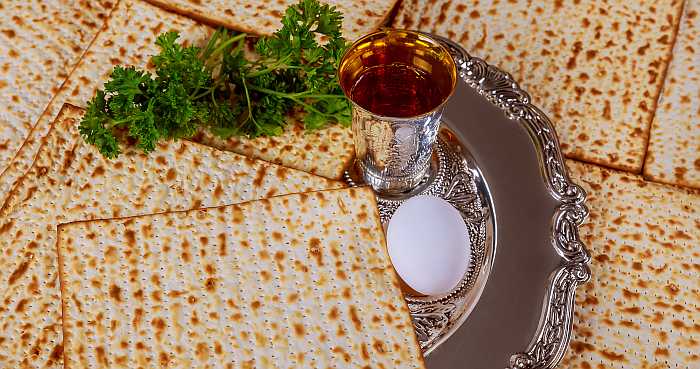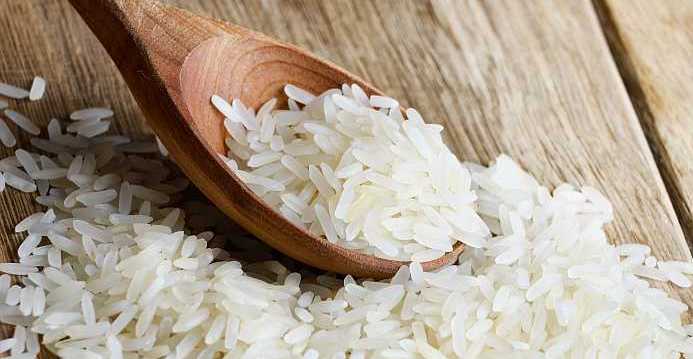
Pesach celebration (Photo: Shutterstock)
Jews all over the world celebrate the holiday of Passover (Pesach). There are many different customs and traditions about this holiday that have been passed down through the generations. These customs vary based on what country they came from originally. Throughout the centuries, Jews have moved around the world, yet many of them keep the ancient traditions of their ancestors alive today.
When do Jews celebrate Passover in 2026? All Jews celebrate Pesach on the same dates; that doesn’t vary. In 2026, Passover will begin on Wednesday night, April 1st, with the first seder. Outside of Israel, a second seder will be held on Thursday night, April 2nd. The holiday ends on Wednesday night, April 8th in Israel and on Thursday night, April 9th in the Diaspora.
One notable difference revolves around food customs, particularly the question of kitniyot. Ashkenazi Jews traditionally do not eat kitniyot—legumes such as beans, peas, lentils, corn, rice, sunflower seeds, peanuts, and soy—during Passover. This practice dates back to 13th-century Eastern European rabbinic rulings, due to concerns about kitniyot being processed near chametz (leavened grains forbidden on Pesach). Sephardi Jews, however, never adopted this restriction, and their Passover diet tends to remain closer to their year-round cuisine.
No matter where a family comes from, the basics of the seder stay the same. The story of the Exodus from Egypt is retold, four cups of wine are poured, and symbolic foods are placed on the seder plate. But even these symbols can look slightly different around the world, influenced by the ingredients available in each region and the customs preserved by the community.
Curious to learn more about how the holiday works and why we celebrate? Check out our blog: What is Passover? A Guide to the Holiday and Traditions.

Sephardim eat rice on Pesach (Photo: Envato)
Moroccan Jews
Moroccan Jews have their own unique seder customs. The head of the household passes a clear seder plate over the heads of each guest while reciting a blessing. Another tradition involves filling a large bowl with a mixture of water and wine and pouring it out while reading the 10 plagues, symbolizing the Nile turning red.
Mimouna is probably the most well-known of the Moroccan Passover customs. It begins on the night Passover ends, when Jews open their homes to friends and neighbors. Families prepare a lavish spread of traditional Moroccan cakes, sweetmeats, and pastries.
Learn more about this beautiful tradition in our blog on the Mimouna celebration.
Ethiopian Jews
The Jews from Ethiopia would read the story of the Exodus straight from the Torah because they didn’t have Haggadahs (the book that Jews read at the seder). They have a tradition of breaking all of their earthenware dishes and utensils and purchasing new ones for the holiday. Instead of the familiar square or round matzah, Ethiopian Jews bake large, round, and slightly soft matzah called "qita." Some Ethiopian Jews continue to maintain these traditions today, especially within the Beta Israel community.
Sephardim (Spain, Portugal, North Africa and Middle East)
Sephardic Jews have many of their own customs. The holiday of Passover probably has the most differences in customs between the Sephardic and Ashkenazi communities. Jews in Spain wear white clothing to the seder, and the person leading the seder wears a white robe. The leader of the seder walks around the table with the seder plate three times and taps each guest on the head. This tradition actually started in Spain and was later adopted by the Moroccan Jewish community.
Many Sephardic Jews have a tradition to whip the wrist of the person sitting next to them at the seder while singing Dayanu. This is to symbolize the whips that the Israelite slaves experienced. This tradition began with the Jews in Spain and many Sephardic Jews continue to do so today, including those from Iran and Afghanistan.
Yemenite Jews
The matzah, or unleavened bread, at most seders looks the same. This is the “bread of affliction” that is very thin symbolizing that the Jews left Egypt in a hurry so there was no time for the bread to rise. The Yemenite matzah looks very different, more like laffa bread than matzah. This thicker, softer matzah is thought to be more like what the Israelites in the Exodus story actually made.

Pesach seder plate (Photo: Envato)
Maintaining Family Traditions
While many Jews celebrate Passover with a seder, that can look very different depending on the family’s traditions. The main differences in traditions on Passover have to do with food. Not only what types of foods are permissible but also in what types of food people make. Many families have traditions passed down about what to make for the meal at the seder. There are certain Passover dishes that show up year after year—it’s not really Pesach until we have our 'fill-in-the-blank' family favorite.
There’s a lot of cooking and preparation involved in making Pesach and hosting a seder. That’s why many families choose to take a vacation and join an organized Passover program. These programs are held in destinations around the world and offer kosher meals, seders, and activities—without the stress of doing it all yourself. If you spend Passover in Morocco, you can even enjoy a traditional Mimouna celebration to end the holiday. Most programs try to accommodate a range of customs and traditions, allowing guests to relax while still honoring their family’s unique way of celebrating Pesach.